Advertisement
Advertisement tapes have long been used by many people to get rid of hardened black heads to give our skin a smooth look free from small pores. These adhesive strips function through the use of skin adhesion, and the pulling of various substances that may be clogging the skin surface, making these systems popular among those that want instant effects. Nevertheless, with the do it yourself pore strips, people have been able to replicate those store bought ones at home using the following simple ingredients.
But the big question remains: are these homemade options effective? This article will investigate on how pore strips work, what is utilized in homemade as well as in the commercial strips? We will also make an analysis of how each is efficient, easy to use and the cost incurred.
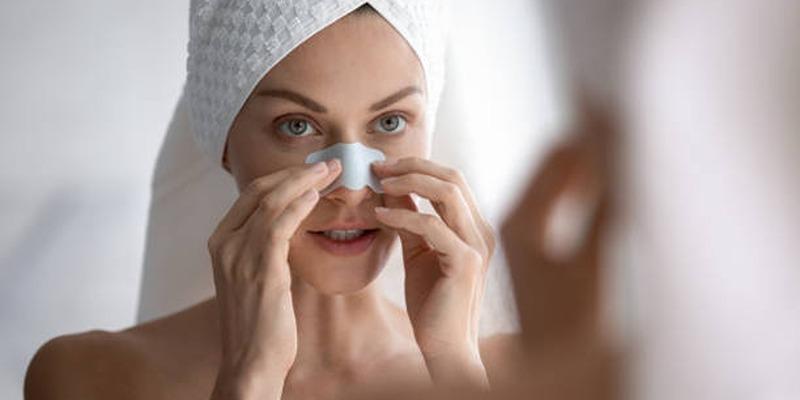
Pore strips are adhesive strips designed to pull out blackheads, dirt, and dead skin from pores on the nose, forehead, or chin. The idea is simple: stick the strip on, wait for it to dry, and peel it off, hopefully taking impurities along with it. Heres a closer look at how theyre supposed to work and the science behind them.
Commercial pore strips are designed with specialized adhesives that effectively attach to blackheads and dead skin cells residing on the skin's surface. These strips are typically made from a non-woven fabric coated with a layer of glue. When the strip is applied and then removed, it ideally lifts away not only the blackheads but also any accumulated impurities, leaving behind a smoother and cleaner surface for your skin.
There are various methods to make DIY pore strips using ingredients commonly found in the kitchen. Here are some popular types:
While DIY pore strips can remove surface impurities and dead skin cells, they may not be as effective as commercial pore strips in removing deep-seated blackheads. Blackheads are hardened oil trapped within pores, and adhesive DIY methods often struggle to penetrate deeply enough to remove them completely.
DIY pore strips may seem harmless, but improper usage can irritate the skin or cause small abrasions. Here are some precautions to take when using DIY pore strips:
While pore strips are popular, there are other methods to consider for keeping blackheads at bay.
Clay masks are an excellent choice for drawing out impurities from the skin without the harsh adhesive force found in pore strips, making them a gentler alternative for those seeking clearer skin.
Products that contain salicylic acid or glycolic acid are particularly beneficial as they work to dissolve dead skin cells while penetrating deep into the pores. Over time, these exfoliants effectively reduce the appearance of blackheads and promote a smoother complexion.
When blackheads prove to be stubborn, seeking professional extractions by a dermatologist can be the most effective and safe option. These treatments not only target the issue directly but also ensure that the procedure is done in a hygienic manner, minimizing the risk of irritation or scarring.
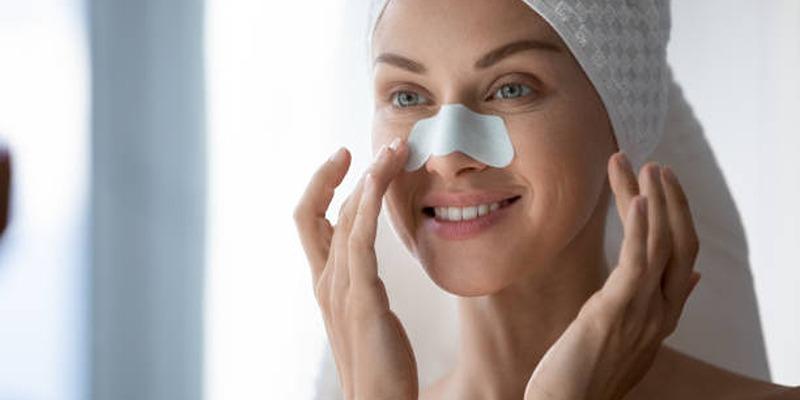
Achieving clear skin takes a mix of good skincare habits and the right products. Here are some tips:
DIY pore strips can be a fun and affordable way to try blackhead removal, but they may not yield the same results as commercial products or professional treatments. For best results, they can be a part of a broader skincare routine but shouldnt be relied upon as the primary method for blackhead removal. If youre curious about DIY pore strips, its safe to try them occasionally. However, remember to be gentle with your skin, follow up with proper hydration, and combine them with other skin-friendly habits for a clearer complexion.
Advertisement

By Jennifer Redmond/Mar 01, 2025

By Tessa Rodriguez/Mar 16, 2025
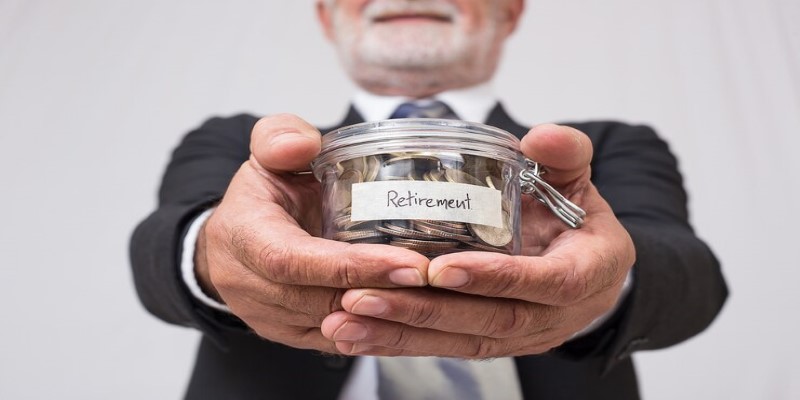
By Sid Leonard/Oct 22, 2024
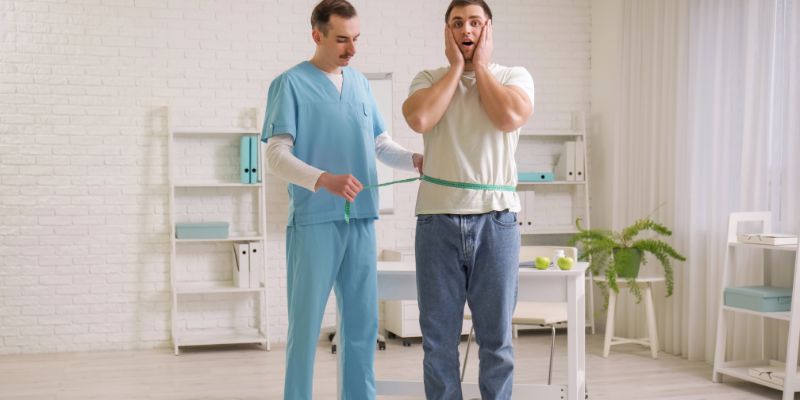
By Celia Shatzman/Mar 18, 2025

By Pamela Andrew/Jan 19, 2025

By Paula Miller/Jan 07, 2025
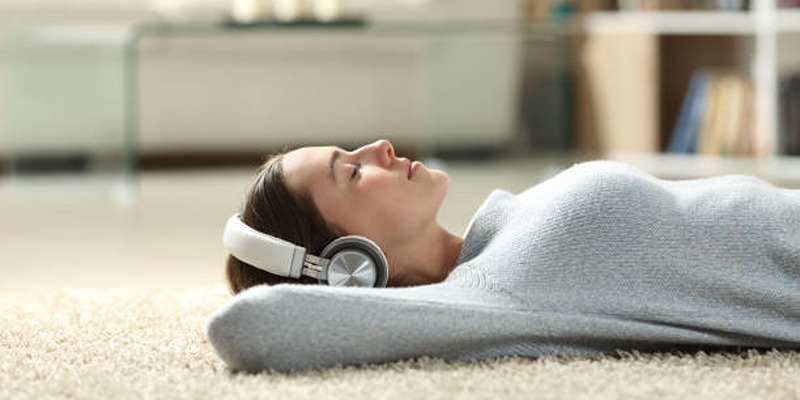
By Noa Ensign/Dec 30, 2024
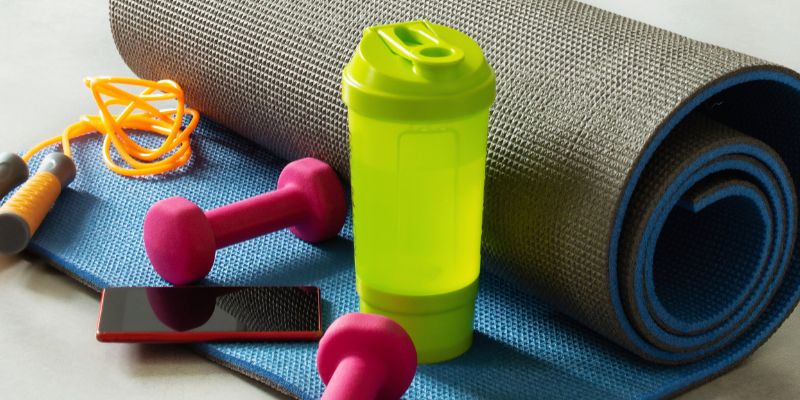
By Korin Kashtan/Dec 23, 2024

By Mason Garvey/Feb 19, 2025

By Paula Miller/Mar 16, 2025

By Jennifer Redmond/Oct 23, 2024

By Isabella Moss/Nov 22, 2024